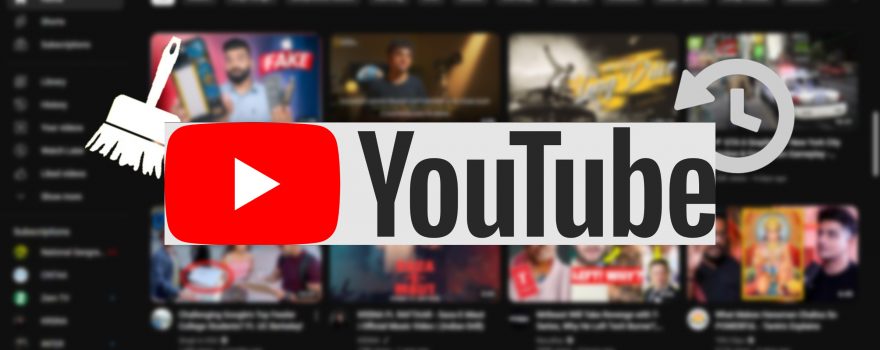
In a move that came as no surprise to many, YouTube announced that it would be saying goodbye to its “Stories” feature, similar to Instagram Stories. The feature, introduced in 2017 exclusively for users with more than 10,000 subscribers, allowed creators to share updates and promote their channels. However, due to limited access and lack of popularity, Stories failed to gain traction on the platform. YouTube’s decision to drop this feature reflects a shift in focus toward other content formats, such as shorts and community posts.
Limited launch of YouTube Stories:
YouTube Stories was originally only available to creators with a significant subscriber base. This exclusivity was intended to offer influential users a new way to interact with their audience. However, the feature struggled to gain widespread adoption, as authors continued to favor long and short videos over Stories. As a result, the YouTube Stories feature remained underutilized and failed to gain a firm place in the platform’s ecosystem.
Expanding Community Posts:
Recognizing the need to evolve and cater to authors’ preferences, YouTube has expanded access to the Community Posts feature. This feature allows authors to share text updates, polls, quizzes and images directly on their channel. By providing more diverse engagement options, YouTube hopes to encourage authors to use community posts as an effective way to connect with their audience. In addition, the platform now allows posts to be deleted after a certain period, giving authors more control over their content.
Shifting focus to shorts:
YouTube is now directing its attention to Shorts, a short video feature that aims to compete with the hugely popular TikTok platform. The company is actively working to encourage more channels to create short content and increase engagement with the format. In February, YouTube began sharing ad revenue with Shorts creators, encouraging them to embrace this nascent trend. By prioritizing “shorts,” YouTube hopes to take advantage of the growing demand for videos that are easy to follow.
The fate of “stories” in the tech industry:
YouTube isn’t the only platform experimenting with the “Stories” feature. Companies like Netflix, LinkedIn, Twitter and Spotify have tried their own versions, each with varying degrees of success. Netflix’s Extras have evolved into vertical short videos, while LinkedIn discontinued Stories in 2021 and Twitter dropped its Fleets feature after just eight months. Spotify recently introduced a Stories-like feature for artist profiles. These trials and cancellations demonstrate the difficulty of replicating the success of Instagram Stories and highlight the need for platforms to adapt and find their own unique content offerings.
Conclusion:
As June 26 approaches, YouTube is preparing to say goodbye to its Stories feature, recognizing its limited impact and low popularity among creators and viewers. The platform’s decision to discontinue Stories reflects its desire to adapt and prioritize content formats that resonate with audiences. With the emergence of shorts and an increased focus on community posts, YouTube is looking to provide creators with more diverse and engaging ways to connect with viewers. As the tech industry continues to experiment with such features, platforms must constantly evolve to meet the ever-changing demands of both content creators and consumers.




